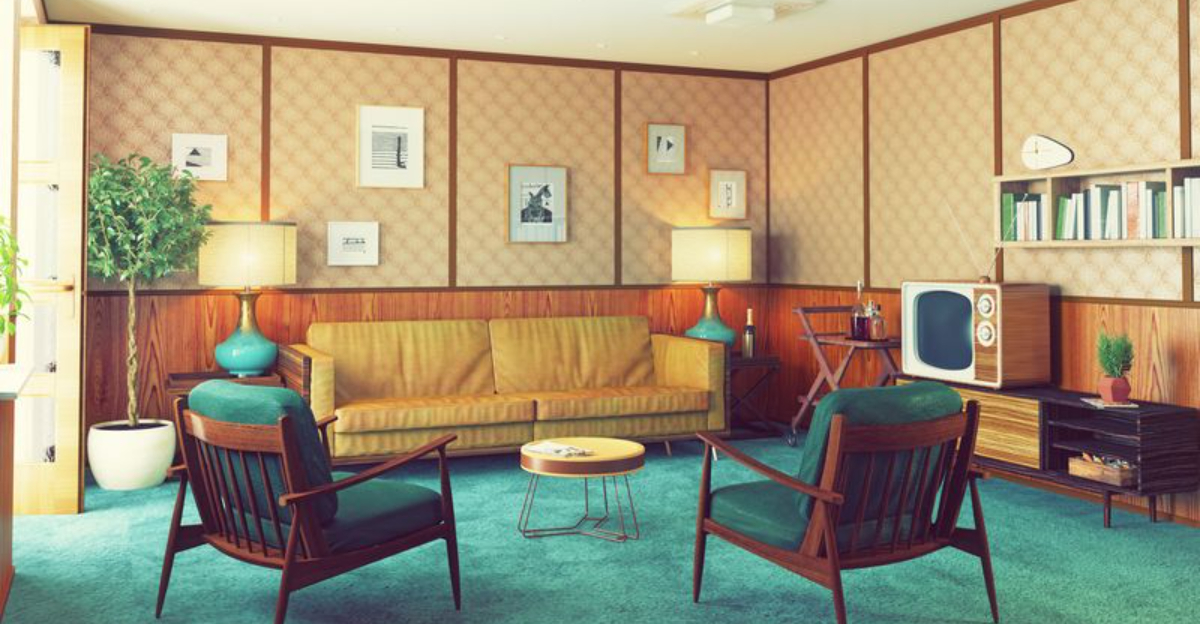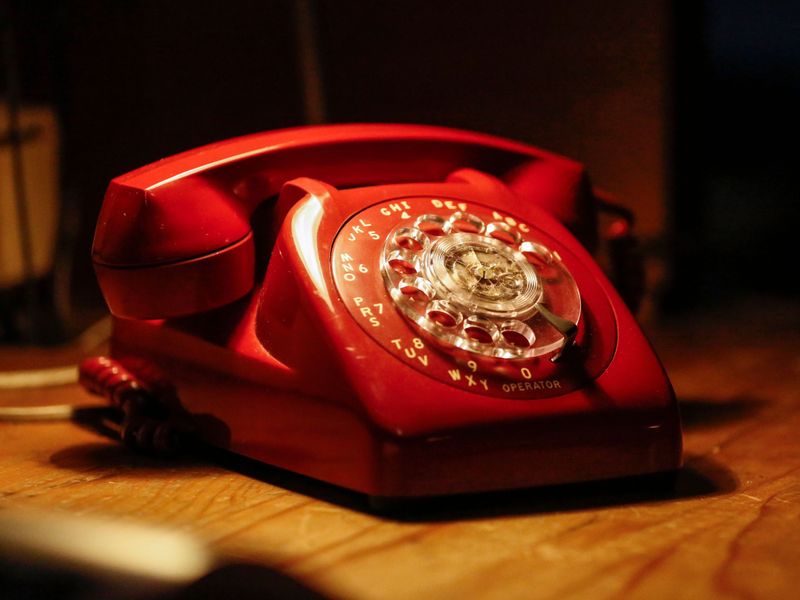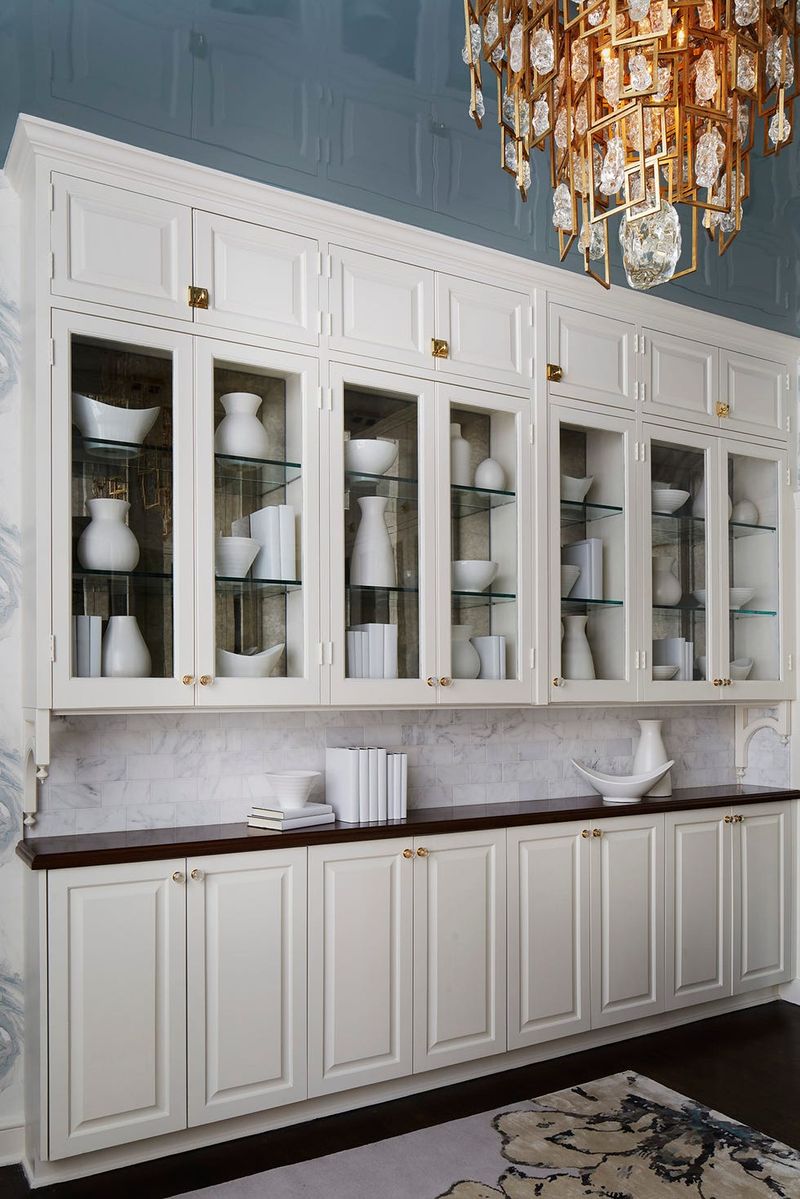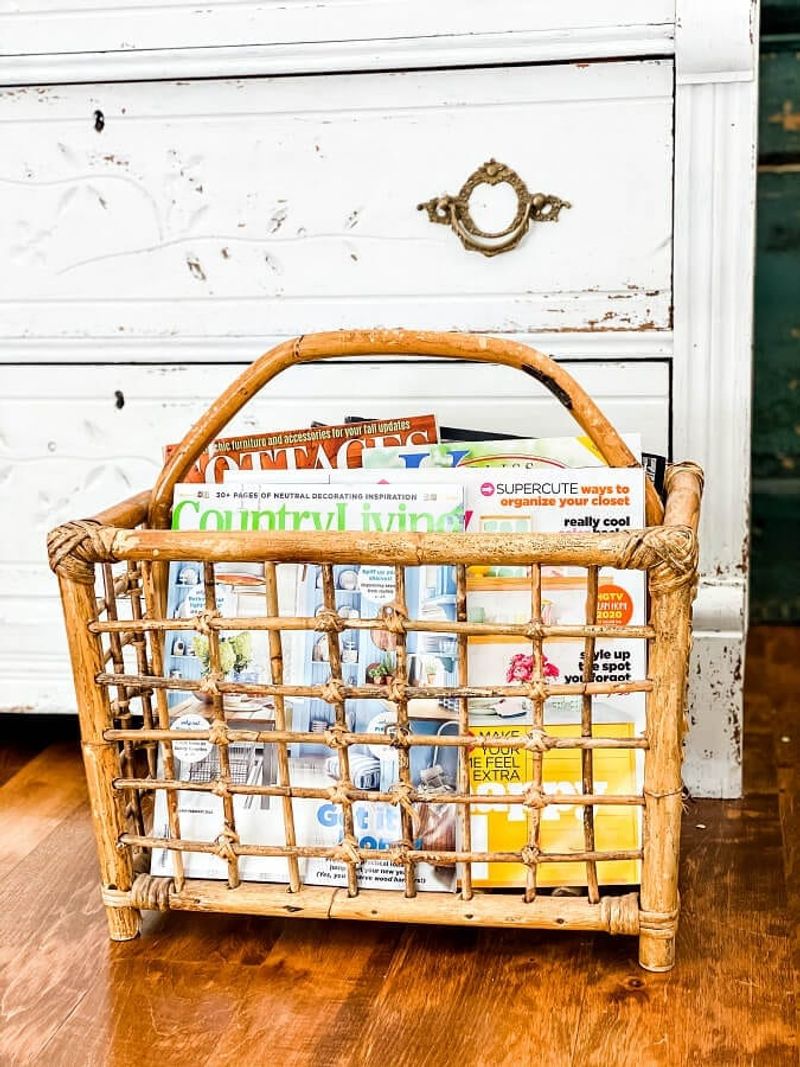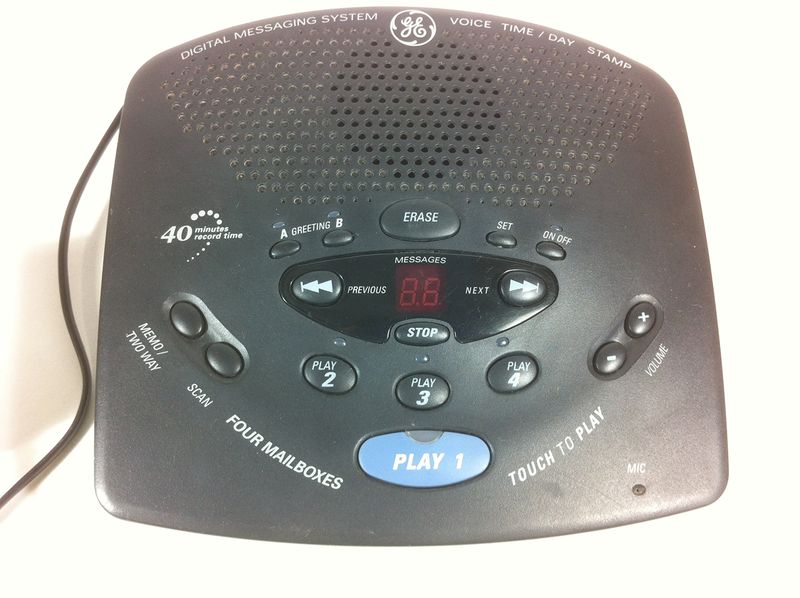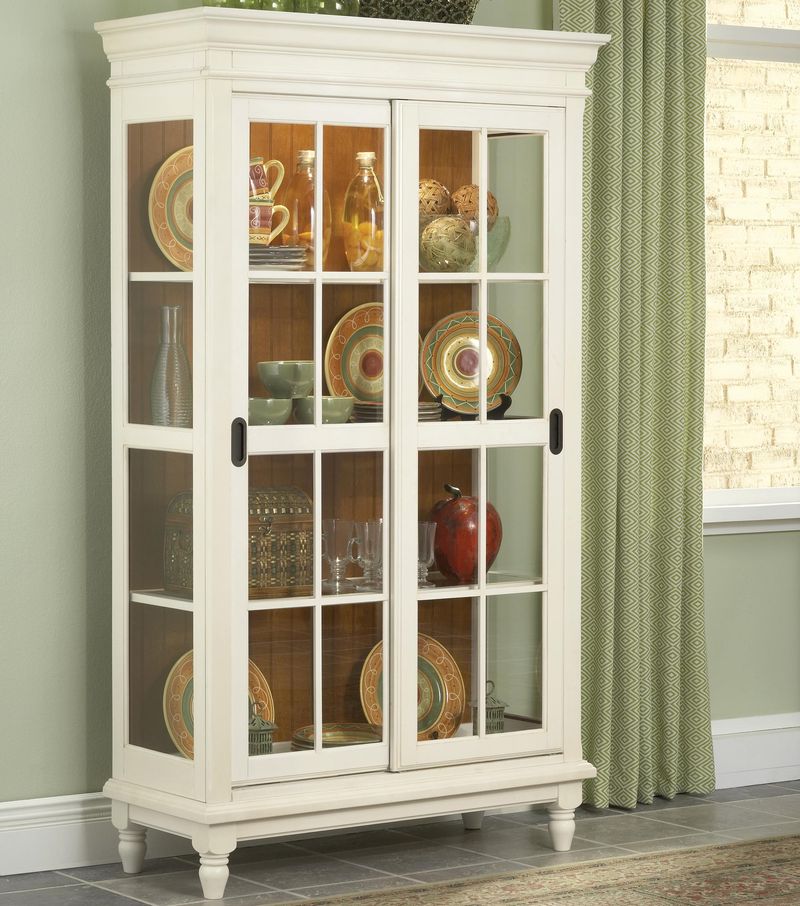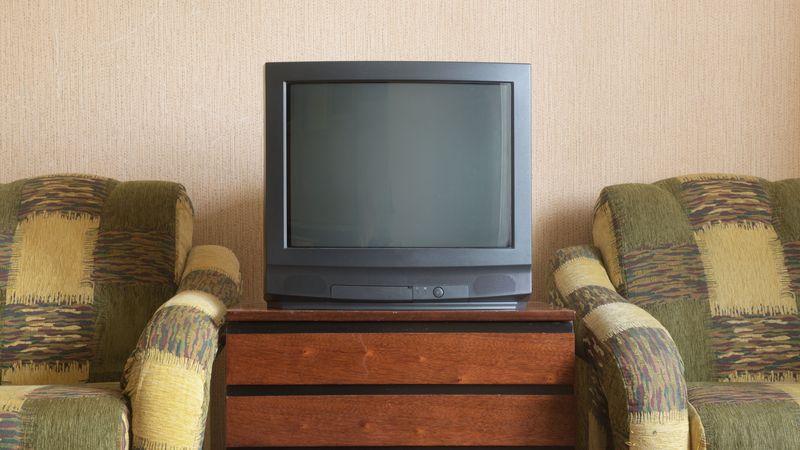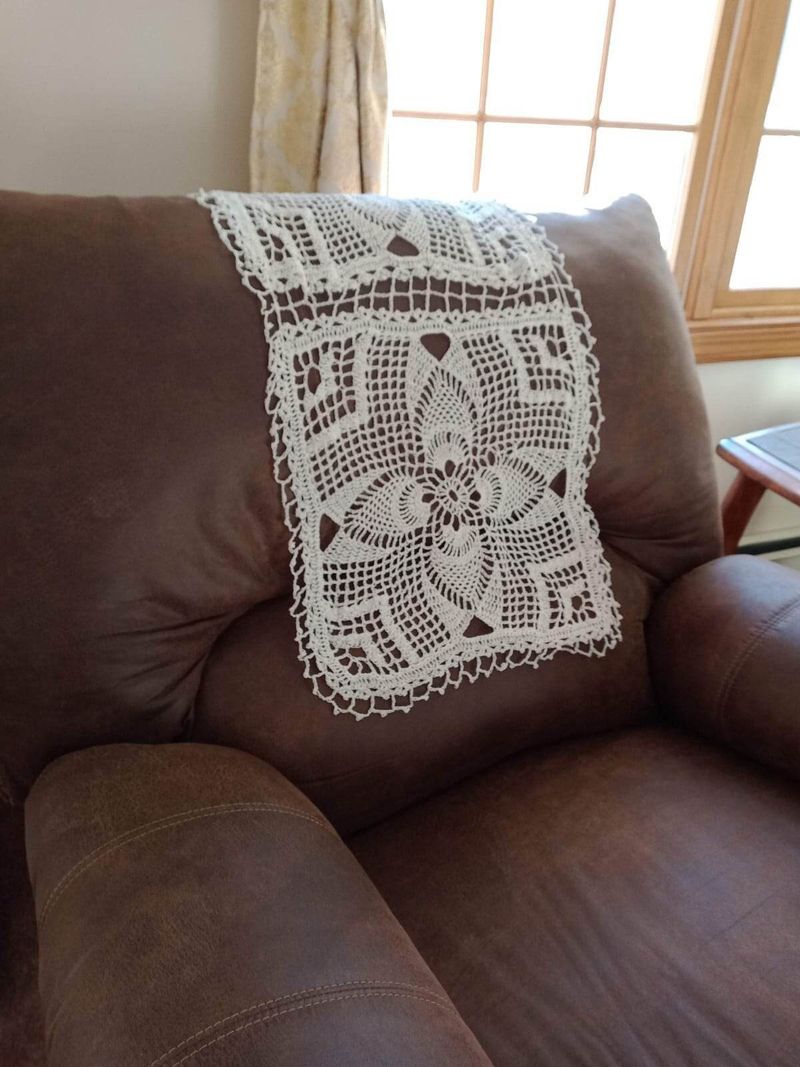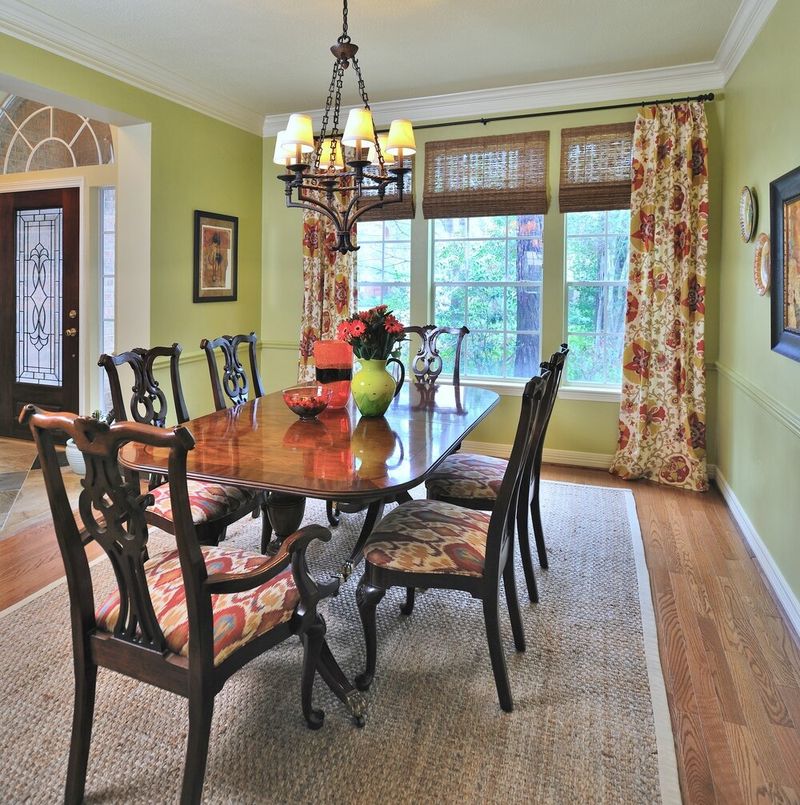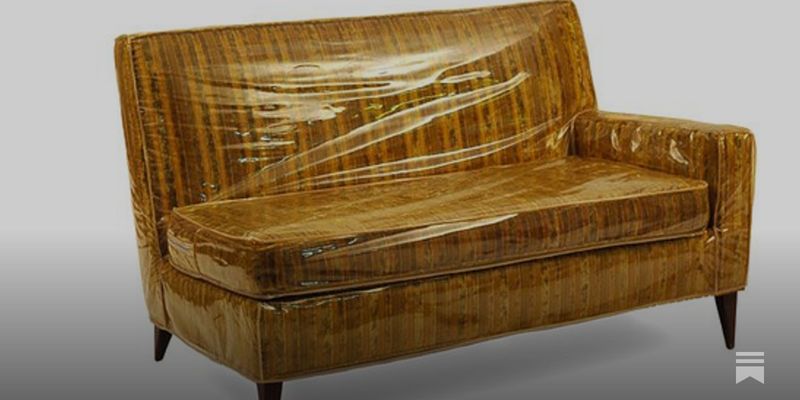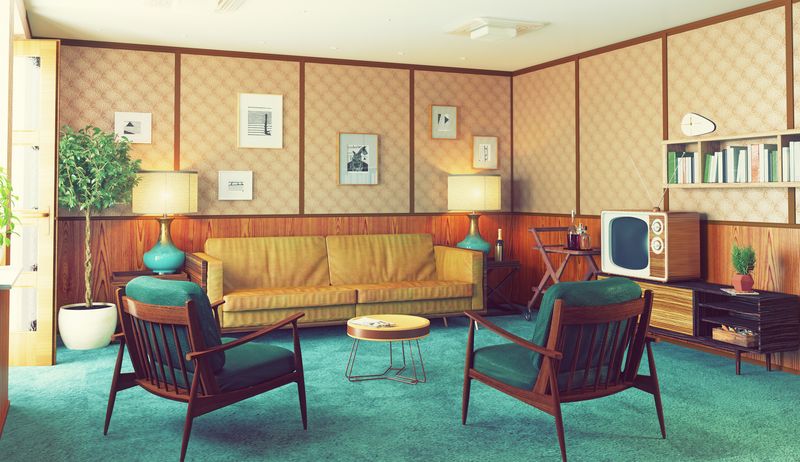Times change – and so do the things we keep around the house. Some household items that once felt essential now just take up space or make a home feel stuck in the past.
For boomers looking to freshen up their surroundings, it might be time to part ways with a few dated staples. This list highlights 10 items that no longer serve a purpose in today’s homes, along with 5 that have already made their quiet exit.
It’s not about chasing trends – it’s about creating a space that feels current, comfortable, and truly lived in.
1. Landline Telephones
Why stay tethered to the wall when your smartphone can do so much more? Those clunky plastic phones with tangled cords and those mysterious long-distance charges are relics of a bygone era.
Most younger folks have never even had a landline in their adult lives. The monthly service fees alone make these outdated devices hard to justify when mobile phones offer better features and mobility.
2. Bulky Entertainment Centers
Gone are the days when living rooms required massive wooden fortresses to house chunky televisions and media equipment. These room-dominating behemoths served their purpose when TVs were deep boxes rather than slim panels.
Modern homes favor sleek wall mounts or minimalist media consoles that don’t eat up precious floor space. Plus, with most content streaming digitally, there’s little need for storage space for DVD collections and VHS tapes.
3. China Cabinets
Formal dining has taken a backseat to casual entertaining, making these imposing furniture pieces increasingly obsolete. Millennials and Gen Z aren’t inheriting grandma’s fine china – they’re opting for dishwasher-safe stoneware instead.
The modern home embraces open shelving and multifunctional furniture rather than dedicated display cases for rarely-used dishware. Many younger homeowners view these hulking cabinets as dust-collectors taking up valuable real estate in their smaller living spaces.
4. CD and DVD Collections
Remember spending weekends organizing alphabetized media libraries? Those plastic cases now represent physical clutter in a digital streaming world.
Spotify, Netflix, and other services have rendered these collections unnecessary, with on-demand access to virtually any song or movie. The space saved by ditching these physical media collections can transform an entire room, not to mention eliminating the frustration of scratched discs and broken cases.
5. Magazine Racks
Those wooden or metal stands once overflowed with dog-eared issues of Reader’s Digest and TV Guide. Now they sit empty or, worse, filled with publications from 2017.
Digital subscriptions have replaced physical magazines for most readers. Environmental concerns about paper waste and the convenience of having thousands of articles at your fingertips make these racks unnecessary furniture pieces collecting dust in the corner of living rooms across America.
6. Answering Machines
Coming home to check those blinking red lights was once a daily ritual. Those standalone devices with mini-cassettes and tinny speakers have been completely replaced by voicemail systems and messaging apps.
The concept of missing calls entirely seems foreign to younger generations who are perpetually connected. The functionality of these machines has been fully absorbed into our phones and digital communication systems, making them curious artifacts rather than useful tools.
7. Heavy Draperies
Heavy, formal window treatments with valances, swags, and tiebacks were once the height of home fashion. Today’s interiors favor clean lines and natural light over these dust-collecting fabric fortresses.
Modern window coverings prioritize function (light filtering, privacy, energy efficiency) while maintaining a streamlined appearance. The shift toward minimalism has made elaborate window dressings look fussy and dated, not to mention they’re difficult to clean and maintain.
8. Curio Cabinets
Nothing screams “I’m from another era” quite like a dedicated display case for collectible figurines and knickknacks. These glass-fronted cabinets filled with Precious Moments or Hummel figurines have fallen firmly out of fashion.
Today’s decorating philosophy embraces mindful curation rather than extensive collecting. Younger homeowners typically display fewer, more meaningful items integrated throughout their living spaces instead of creating shrine-like collections that require special furniture and regular dusting.
9. Cathode Ray Tube TVs
If your television has a back that extends two feet from the screen, it’s time for an upgrade! Those heavy, boxy TVs that required two people to move have been thoroughly outclassed by flat screens.
Beyond the obvious space-saving benefits, modern TVs offer superior picture quality, energy efficiency, and smart features. Many streaming services and gaming consoles don’t even support the connections these vintage sets require, making them increasingly useless as entertainment centers.
10. Doilies and Antimacassars
Those intricate little fabric pieces strategically placed on furniture arms and backs were once practical protectors against hair oil and everyday wear. Now they just look like your grandmother decorated the place.
Contemporary furniture is designed to withstand normal use without these fussy protective layers. The aesthetic has shifted toward clean lines rather than the frilly, ornate look these textiles create. When protection is needed, modern options like washable slipcovers provide a more streamlined solution.
1. Formal Dining Sets
Massive dining tables with matching chairs, hutches, and sideboards once signified proper adult living. Today’s homeowners are questioning the value of dedicating so much space to formal dining that happens a few times yearly at most.
Flexible, multifunctional spaces have replaced single-purpose rooms in modern homes. Many families prefer casual eating areas, breakfast bars, or dining furniture that can be repurposed for work or hobbies when meals aren’t being served, making these imposing matched sets increasingly impractical.
2. Plastic Couch Covers
What says “this furniture is too good to actually use” quite like transparent plastic slipcovers? The squeaky, sticky experience of sitting on protected furniture is a uniquely uncomfortable memory for many who visited their grandparents’ homes.
Modern performance fabrics have made protective covers unnecessary, offering stain resistance without sacrificing comfort. Today’s furniture is meant to be lived on, not preserved like museum pieces for some hypothetical “good company” that never arrives.
3. Fax Machines
That strange warbling sound of documents being transmitted through phone lines has largely faded into technological history. Yet somehow, these paper-jamming relics still occupy desk space in some Boomer households.
With scanning apps on smartphones and secure digital document sharing platforms, faxing has become unnecessarily complicated.
4. Phone Books
Once a year, these hefty tomes would arrive on doorsteps nationwide, promising connections to everyone in town. Nowadays, they’re instant recycling bin fodder.
When was the last time you actually thumbed through yellow pages to find a plumber? With search engines and digital directories providing instant, up-to-date information, these paper dinosaurs serve little purpose beyond emergency booster seats or impromptu doorstops.
5. Wall-to-Wall Carpeting
Remember when homes were covered from threshold to wall in plush carpeting? Those days of vacuum lines and mysterious stains have given way to hard surfaces and area rugs.
Hardwood, laminate, and luxury vinyl have become preferred flooring options for their durability, cleanability, and timeless appeal. Area rugs provide the comfort and sound dampening of carpet while being easier to clean or replace when styles change or accidents happen.

